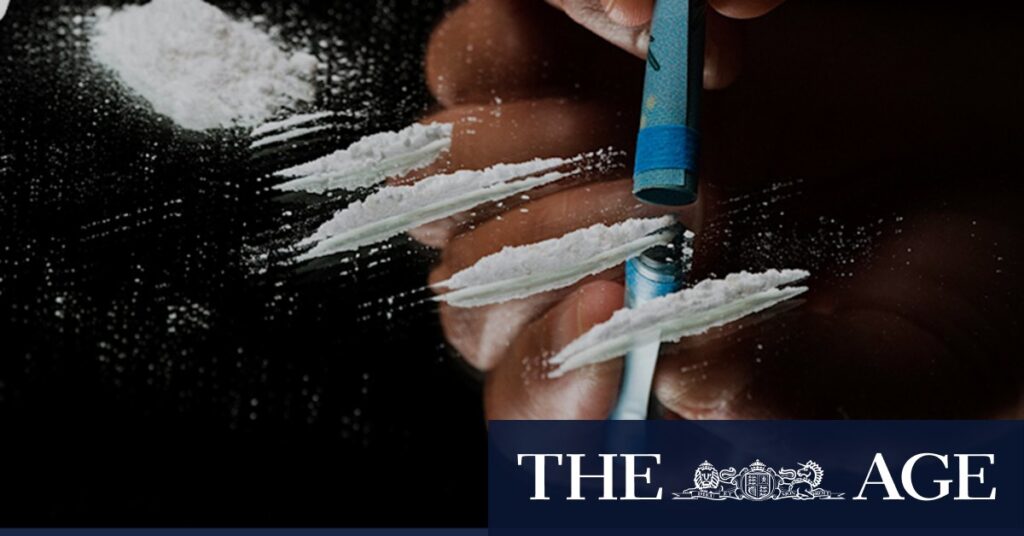
In a revealing statement to a Senate inquiry back in 2021, AUSTRAC’s deputy chief of regulation and reform, Bradley Brown, highlighted the economic distortions caused by money laundering in Australia’s housing market. “The logical economic consequence of an unequal market means that if a person like you and I was competing next to a person who had illicit proceeds of crime, then it’s an unfair situation,” he stated. This sentiment was echoed more recently by AUSTRAC chief Brendan Thomas, who underscored the impact of competing against drug dealers and money launderers in the housing market.
“It pushes up property prices,” Thomas noted. “It takes a property that would otherwise have been purchased by a hard-working Australian and puts it in the hands of organised criminals seeking to line their own pockets with ill-gotten gains.”
The Impact of Illicit Funds on Housing Prices
The issue of money laundering in real estate is not isolated to Australia. A Canadian government report pointed out that “dirty money invested in real estate is a source of market demand that is not linked to local incomes, and the investments are made for reasons other than the pursuit of normal expected rates of return.” This phenomenon is exacerbated by Australia’s booming real estate market and the lack of stringent money laundering safeguards among key professions such as real estate agents, accountants, and lawyers.
Currently, Australia stands alongside Haiti and Madagascar as one of the few countries yet to extend anti-money laundering and counterterrorism financing laws to these professions. However, this is set to change. From July 1, 2026, these professionals will be required to conduct thorough client verifications and report any suspicious financial activities, similar to the obligations already in place for banks and casinos.
Potential Changes in the Real Estate Market
The question arises: what happens to real estate prices if this influx of illicit money is successfully curtailed? Insights can be drawn from the experiences of Australian casino operators like Crown Resorts and Star Entertainment, which have seen reduced revenues from Chinese high rollers and pokies due to stricter regulations.
Canada’s approach offers another perspective. In Vancouver, a city with many similarities to Australia’s coastal cities, a panel of academic experts in 2019 estimated that criminal money inflated house prices by about 5%, with potential impacts reaching as high as 7.5%. This was corroborated by a Canadian government report, which attributed up to a 5% increase in Vancouver’s house prices to money laundering.
“Dirty money invested in real estate is a source of market demand that is not linked to local incomes, and the investments are made for reasons other than the pursuit of normal expected rates of return.”
Lessons from International Experiences
Canada’s efforts to introduce anti-money laundering measures in its real estate sector are ongoing, with full implementation expected by mid-next year. The impact on house prices will depend on whether illicit funds target high-end properties or are spread across more modest homes. Additionally, in markets with limited housing supply, such as Australia, the demand created by money laundering can have a pronounced effect on prices.
Experts note that in markets where housing supply is constrained, any additional demand, whether legitimate or not, can drive prices up. Typically, housing turnover involves households moving within the same market, either upgrading or downsizing, but the introduction of illicit funds disrupts this balance.
Looking Ahead: The Future of Australia’s Housing Market
As Australia prepares to tighten its anti-money laundering regulations, the real estate market may experience significant shifts. The reduction of illicit funds could lead to more equitable conditions for homebuyers, potentially stabilizing or even reducing property prices.
However, the true impact will depend on the effective implementation of these regulations and the market’s response. As Australia moves towards these changes, the experiences of other countries, like Canada, will provide valuable insights into the potential outcomes and challenges ahead.







